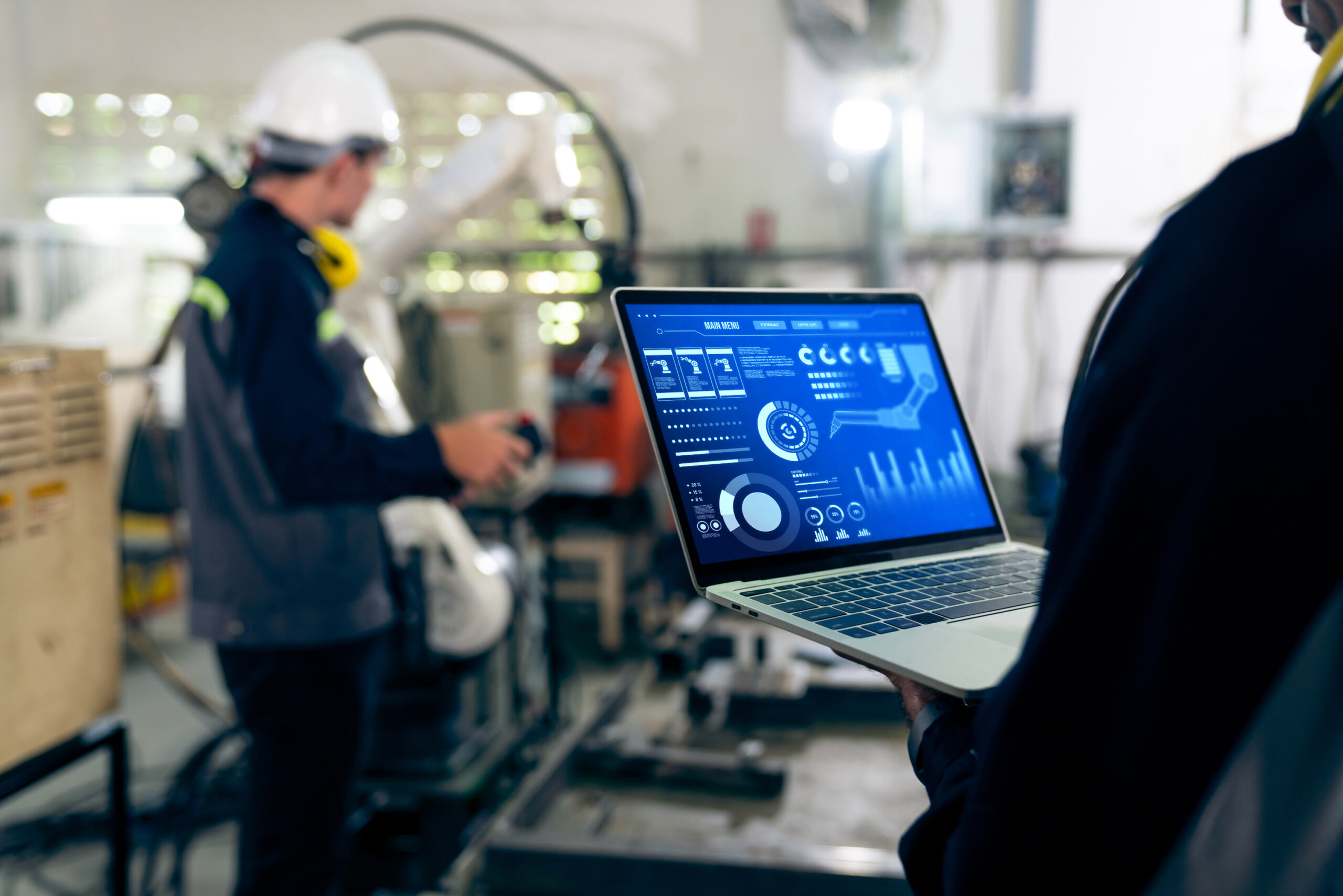
Case Studies

Performance, Trend, and Forecast System for Healthcare
Context
A US-based hospice service provider wanted to utilize their data and view insights on their operations. In hospice and palliative care services, length of stay (LOS) and average daily census (ADC) are very common ways to monitor the success of efforts to improve operations, resourcing, sales, and customer service. Their vision was to create two dashboards -one that reports the performance trends along with drivers of LOS and ADC, and another that forecasts the ADC for future months with ability to simulate certain business scenarios.

Reframing the Problem
After our interactions with various teams, we realized that the problem was not limited to visualization of performance metrics and forecasting, we had to also ensure that the data maintained in DB had to be transformed before using it. There were multiple systems that captured data, hence stitching the data together by cleaning it and transforming it to a common format was important for arriving at meaningful insights. We saw the problem not as, “How do you build two dashboards that display performance metrics and forecast trends?” but rather, “What are the gaps in the current data capture system, how do we automate the ETL process to ensure that our client sees metrics backed by relevant and accurate data?”

Our approach
We interviewed the clinical team members and understood the various factors that they thought were important. We also went through numerous research papers and created a mind map listing various factors that influenced LOS and ADC. Using this visual representation, we reached out to their database administrator to understand what extent of data they capture currently. The next step was to create various hypotheses, test them, share the results with the client team and brainstorm together. Through trial and rule of elimination, we were able to derive an arithmetic formulae that offered the required accuracy.
The skills we brought to the table
Because of our previous engagements with healthcare clients, we were able to catch up and speak the same vocabulary as this client with little learning. To help our discussions with various stakeholders, we created visual representations and presented a story using their data. Our ability to narrate stories helped us simplify the technical complexities and collaborate with the client to dig deeper. We created a strong team spirit and collaborative mindset, enabling us to progress through the project stages as partners with our clients, with a communal sense of ownership and success.
We also realized that the best solutions don’t always involve the most complicated processes – here we applied basic math rather than complex ML algorithms to get to simplified solutions that were readily understandable and usable for all stakeholders.
What did our clients say?
“You made us look good in front of our investors”
“I wanted to reach out to let you know how pleased I am with the progress we have made to date. You have continued to deliver and have somehow managed to improve the process.”
“I have been trying to get this done for 10 years and finally it’s done now. A real team success.”



